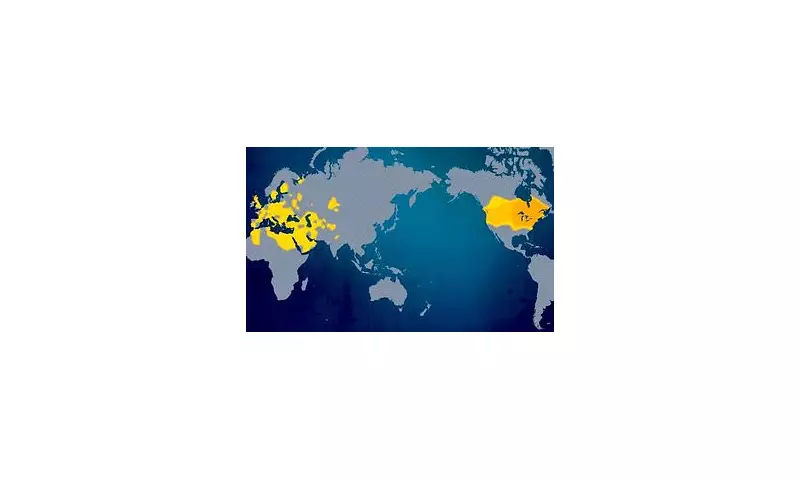
In a discovery that could rewrite history books, scientists have uncovered a crucial DNA marker that dramatically alters our understanding of how ancient humans first reached the Americas. This groundbreaking genetic evidence suggests the peopling of the New World was far more complex than the traditional land-bridge theory proposes.
The DNA That Changes Everything
Researchers analysing ancient genetic material have identified a previously unknown lineage among early American populations. This remarkable finding indicates multiple waves of migration occurred over thousands of years, with some groups potentially arriving by sea long before the famous Bering Strait crossing.
What the Science Reveals
The study focused on mitochondrial DNA, passed exclusively through maternal lines. Scientists discovered:
- A distinct genetic marker not found in modern Siberian populations
- Evidence of coastal migration routes alongside inland passages
- Genetic diversity suggesting earlier arrivals than previously documented
Rethinking the Bering Land Bridge Theory
For decades, the dominant theory held that humans crossed into North America via a land bridge from Siberia during the last Ice Age. While this remains partially true, the new evidence reveals a more nuanced picture:
Multiple migration waves: The DNA shows at least three distinct population movements between 15,000 and 30,000 years ago.
Coastal adaptation: Some groups appear to have followed Pacific coastlines, thriving on marine resources.
Genetic isolation: Certain populations developed unique genetic signatures before spreading throughout the continents.
Implications for Understanding Human History
This discovery forces archaeologists and anthropologists to reconsider fundamental questions about early American settlement:
- The timing of first arrivals may need to be pushed back by thousands of years
- Maritime capabilities of ancient humans were likely more advanced than believed
- Cultural development in the Americas followed multiple independent paths
The research team emphasizes that this is just the beginning. As more ancient DNA samples are analysed, our understanding of human migration continues to evolve in fascinating ways.





